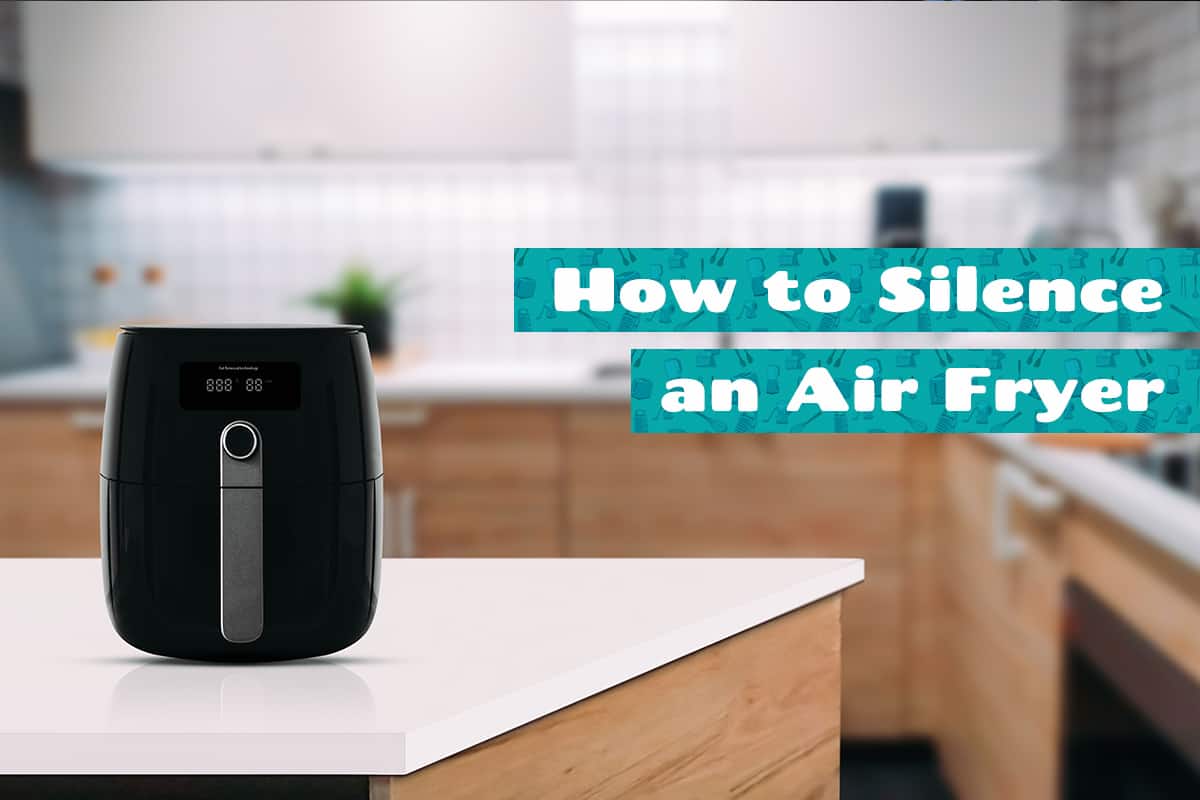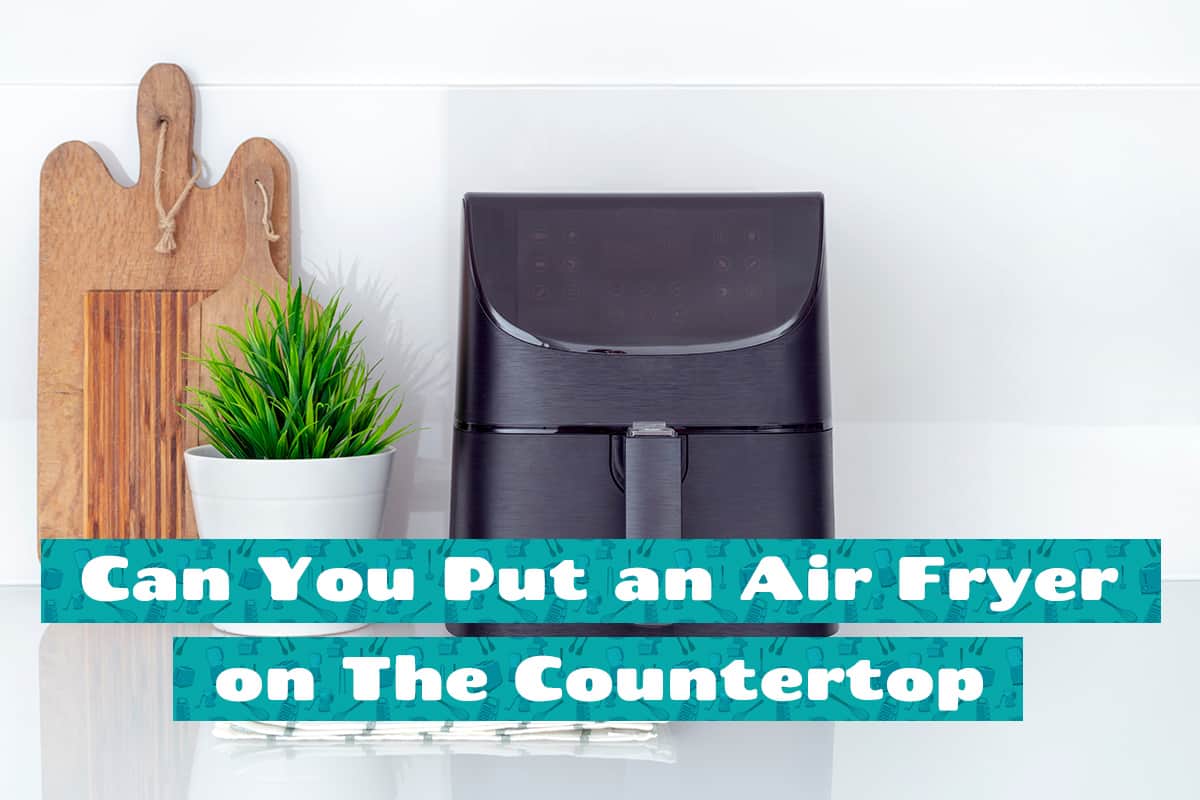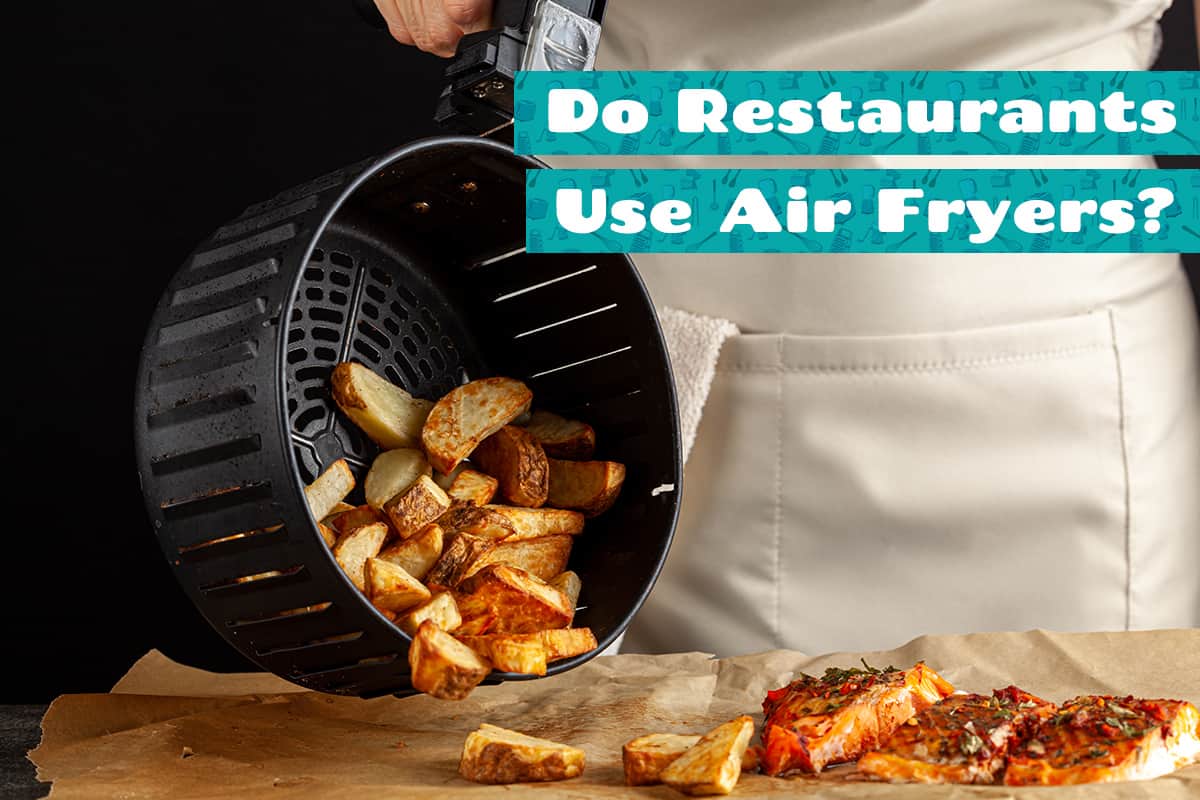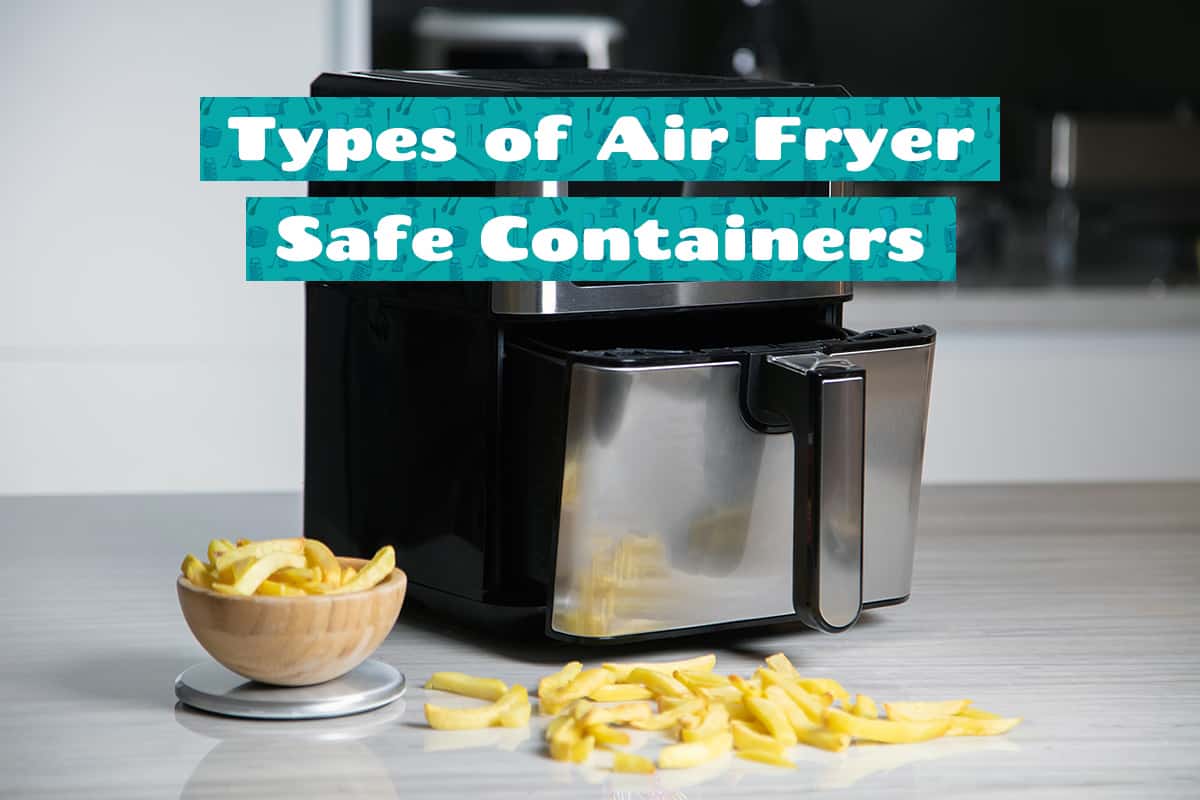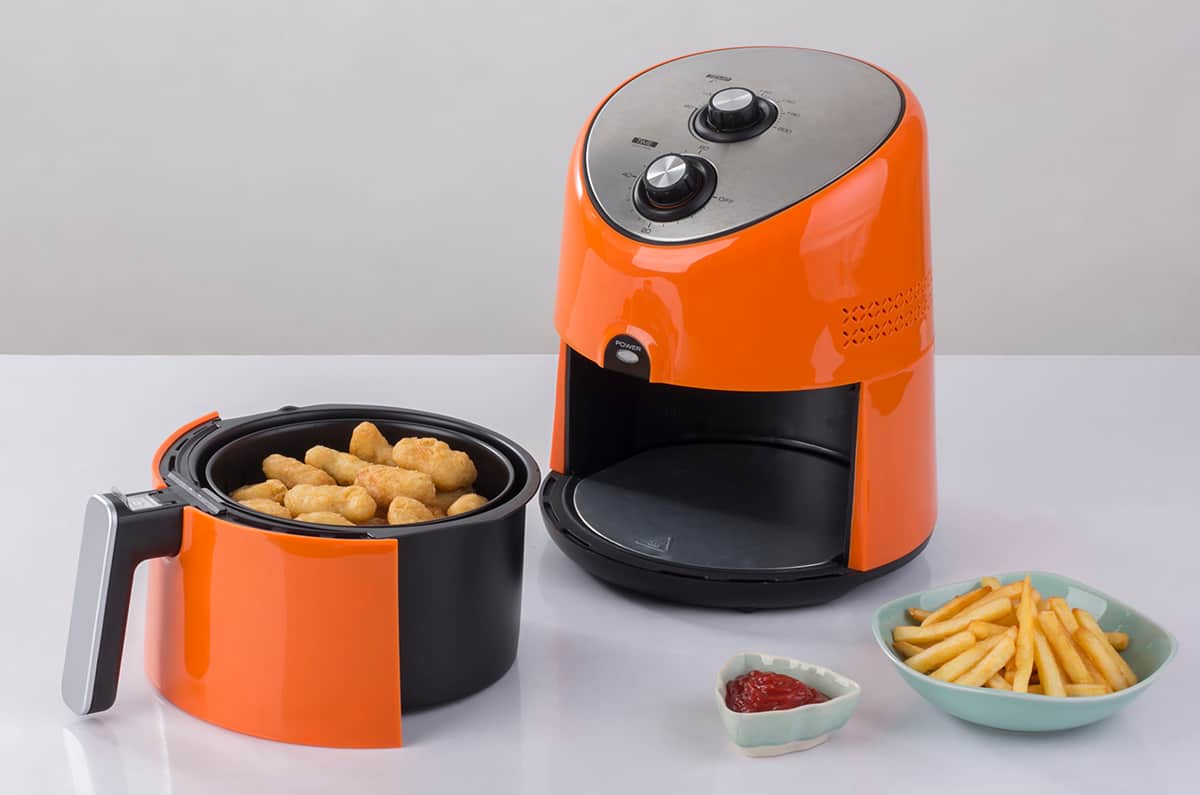Nowadays, many people use air fryers as a convenient and fast way to cook a wide range of foods. They use hot air and very little oil to cook food, making it crispy and delicious while reducing the amount of fat consumed.
To get the best results from an air fryer, you need to pay attention to the time and temperature settings of the device. In addition, the size and type of food you are cooking, as well as your desired doneness level, will determine the ideal cooking temperature and time.
Understanding Cooking Time and Temperature
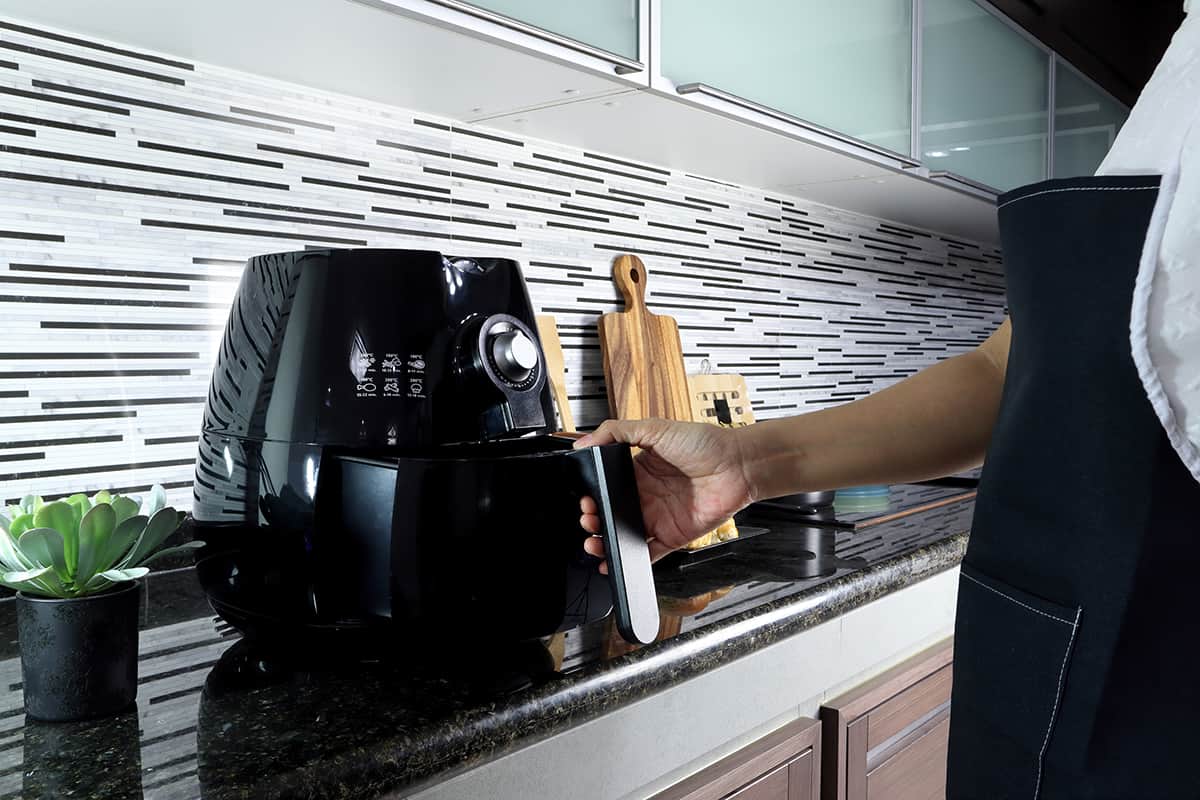
When using an air fryer, it’s important to pay attention to the cooking temperature and time in order to get the food to the doneness you want. The food’s type, size, and your own preferences will all affect the ideal cooking temperature and time.
For instance, if you’re using an air fryer to cook chicken breasts, you’ll need to increase the temperature and leave the chicken in the machine for a longer period of time to make sure it’s thoroughly cooked and has reached an appropriate internal temperature. On the other hand, you’ll need to cook delicate vegetables at a lower temperature for a shorter time so they don’t become overcooked and mushy.
Paying close attention to the cooking time and temperature will ensure that your food is cooked to perfection every time. Cooking proteins properly is crucial because either undercooking or overcooking them can have harmful effects on health.
Air Fryer Cooking Time & Temperature Chart
Below, I’ll provide a comprehensive cooking time and temperature chart for various food types. Please note that the figures below do not take into account your specific air fryer model.
Meats
| Food Item | Temperature | Time |
| Whole chicken (3 to 4 lbs.) | 375°F
190°C |
45 to 60 minutes |
| Boneless, skinless chicken breasts (4 to 6 oz.) | 400°F
200°C |
8 to 12 minutes |
| Bone-in, skin-on chicken breasts (4 to 6 oz.) | 400°F
200°C |
18 to 22 minutes |
| Boneless, skinless chicken thighs (4 to 6 oz.) | 400°F
200°C |
10 to 14 minutes |
| Bone-in, skin-on chicken thighs (4 to 6 oz.) | 400°F
200°C |
20 to 25 minutes |
| Chicken wings (3 to 4 oz.) | 400°F
200°C |
10 to 12 minutes |
| Drumsticks (3 to 4 oz.) | 400°F
200°C |
12 to 15 minutes |
| Thigh quarters (4 to 6 oz.) | 400°F
200°C |
20 to 25 minutes |
| Leg quarters (4 to 6 oz.) | 400°F
200°C |
25 to 30 minutes |
| Halved breasts (4 to 6 oz.) | 400°F
200°C |
10 to 12 minutes |
| Chicken tenders | 400°F
200°C |
8 to 10 minutes |
| Chicken nuggets | 400°F
200°C |
8 to 10 minutes |
| Chicken patties | 400°F
200°C |
8 to 10 minutes |
| Sirloin steaks (1 in.) | 400°F
200°C |
8 to 10 minutes |
| Ribeye steaks (1 in.) | 400°F
200°C |
8 to 10 minutes |
| T-bone steaks (1 in.) | 400°F
200°C |
8 to 10 minutes |
| Filet mignon (1 in.) | 400°F
200°C |
8 to 10 minutes |
| Flank steaks (1 in.) | 400°F
200°C |
8 to 10 minutes |
| Skirt steaks (1 in.) | 400°F
200°C |
8 to 10 minutes |
| Ground beef patties (1/4 in.) | 400°F
200°C |
8 to 10 minutes |
| Beef ribs | 350°F
180°C |
20 to 30 minutes |
| Pork chops (1 in.) | 400°F
200°C |
8 to 15 minutes |
| Pork loin (1 in.) | 400°F
200°C |
8 to 15 minutes |
| Pork tenderloin (1 in.) | 400°F
200°C |
8 to 15 minutes |
| Pork ribs | 350°F
180°C |
20 to 30 minutes |
| Ground pork patties (1/4 in.) | 400°F
200°C |
8 to 15 minutes |
| Bacon | 400°F
200°C |
6 to 10 minutes |
| Whole turkey (12 to14 lbs.) | 375°F
190°C |
2 hours |
| Boneless, skinless turkey breasts (4 to 6 oz.) | 400°F
200°C |
8 to 12 minutes |
| Bone-in, skin-on turkey breasts (4 to 6 oz.) | 400°F
200°C |
8 to 22 minutes |
| Boneless, skinless turkey thighs (4 to 6 oz.) | 400°F
200°C |
10 to 14 minutes |
| Bone-in, skin-on turkey thighs (4 to 6 oz.) | 400°F
200°C |
20 to 25 minutes |
| Turkey wings (3 to 4 oz.) | 400°F
200°C |
10 to 12 minutes |
| Turkey thigh quarters (4 to 6 oz.) | 400°F
200°C |
20 to 25 minutes |
| Turkey leg quarters (4 to 6 oz.) | 400°F
200°C |
25 to 30 minutes |
| Halved turkey breasts (4 to 6 oz.) | 400°F
200°C |
10 to 12 minutes |
Vegetables
| Food Item | Temperature | Time |
| Asparagus | 400°F
200°C |
8 to 10 minutes |
| Bell peppers | 400°F
200°C |
8 to 10 minutes |
| Carrots | 400°F
200°C |
8 to 10 minutes |
| Cauliflower | 400°F
200°C |
8 to 10 minutes |
| Eggplant | 400°F
200°C |
8 to 10 minutes |
| Green beans | 400°F
200°C |
8 to 10 minutes |
| Onions | 400°F
200°C |
8 to 10 minutes |
| Potatoes | 400°F
200°C |
8 to 10 minutes |
| Squash | 400°F
200°C |
8 to 10 minutes |
| Sweet potatoes | 400°F
200°C |
15 to 20 minutes |
| Zucchini | 400°F
200°C |
8 to 10 minutes |
Frozen food
| Food Item | Temperature | Time |
| French fries | 400°F
200°C |
10 to 20 minutes |
| Chicken wings | 400°F
200°C |
20 to 25 minutes |
| Chicken nuggets | 400°F
200°C |
8 to 12 minutes |
| Fish sticks | 400°F
200°C |
10 to 20 minutes |
| Pizza | 400°F
200°C |
8 to 12 minutes |
| Tater tots | 400°F
200°C |
10 to 12 minutes |
| Waffles | 350°F
180°C |
5 to 8 minutes |
| Hot pockets | 350°F
180°C |
6 to 8 minutes |
| Toaster strudels | 350°F
180°C |
5 to 7 minutes |
| Pop tarts | 350°F
180°C |
3 to 4 minutes |
Bread
| Food Item | Temperature | Time |
| Toast | 350°F
180°C |
4 to 6 minutes |
| Grilled cheese sandwich | 350°F
180°C |
8 to 10 minutes |
| Bagel | 350°F
180°C |
4 to 6 minutes |
| English muffin | 350°F
180°C |
4 to 6 minutes |
| Croissant | 350°F
180°C |
6 to 8 minutes |
| Pita bread | 350°F
180°C |
4 to 6 minutes |
| Tortilla | 350°F
180°C |
4 to 6 minutes |
| Flatbread | 350°F
180°C |
4 to 6 minutes |
| Garlic bread | 350°F
180°C |
5 to 10 minutes |
Fruits
Most fruits shouldn’t be cooked in an air fryer because they’re too soft and delicate and will turn to mush if subjected to high heat. Nonetheless, if you still decide to soften fruit in your air fryer, you can follow this chart.
| Food Item | Temperature | Time |
| Apples | 350°F
180°C |
8 to 10 minutes |
| Pears | 350°F
180°C |
8 to 10 minutes |
| Peaches | 350°F
180°C |
8 to 10 minutes |
| Plums | 350°F
180°C |
10 to 12 minutes |
| Frozen fruit | 350°F
180°C |
8 to 15 minutes |
| Pineapples | 350°F
180°C |
10 to 12 minutes |
| Strawberries | 350°F
180°C |
5 to 7 minutes |
| Blueberries | 350°F
180°C |
5 to 6 minutes |
Tips for Achieving the Best Air Fryer Results
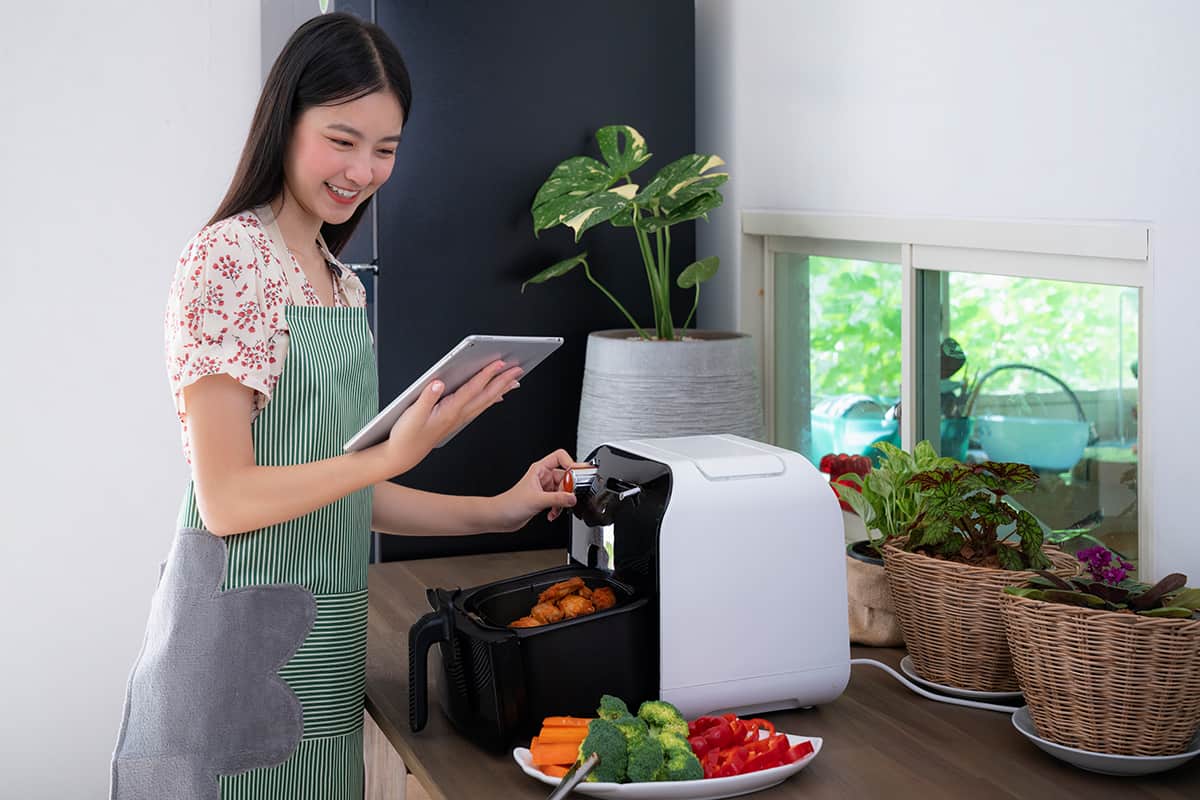
Follow these tips in order to achieve the cooking results with an air fryer:
- Preheating— Because the food begins cooking as soon as it is placed in the basket, cooking is more uniform and the texture is improved when the air fryer is preheated.
- Use only a tiny amount of oil or butter— A small amount of oil is all that’s needed to cook food in an air fryer, and it does wonders for the food’s texture and flavor. You can get a crispier crust by spraying the food with oil or brushing it with a very thin layer of oil.
- Don’t overcrowd the food basket— Food will cook more quickly and evenly if there is some breathing room around it in the basket. When the basket is too full, the food cooks unevenly and loses some of its crispiness.
- Shake the basket halfway through— Shaking the basket every once in a while will help ensure everything cooks evenly. Doing this will help the food cook evenly by exposing more of its surface area to the heated air.
- Check the doneness level every so often— Make sure the food is cooked to your liking by checking on it at regular intervals while it cooks. To determine whether or not food is cooked through, you can use a thermometer, a fork, or just your eyes to spot telltale signs like a golden brown, crisp exterior. Make sure that you don’t remove the basket for too long since this will get rid of the heat, forcing you to cook your food for longer and possibly overcooking it.
What You Shouldn’t Cook in an Air Fryer
While air fryers are great for cooking all sorts of meals, there are a few things you should keep away from the food basket when possible.
1. Moist or wet foods
Extremely moist or wet foods, like raw meats with high water content, may not cook properly in an air fryer. This is because the food cooks more slowly and unevenly because hot air has a harder time penetrating the food. So, if you want to air-fry a steak, make sure to pat it dry with a paper towel (dry-aging it works, too) before placing it in the air fryer’s basket to cook.
2. Large or dense foods
Depending on your air fryer model, whole chickens and large roasts might be too big to fit in an air fryer or take too long to cook. You can get the best results from cooking these in the oven or a similar appliance. Check the air fryer’s manual for the basket capacity, which is usually expressed in quarts or liters.
3. Delicate foods
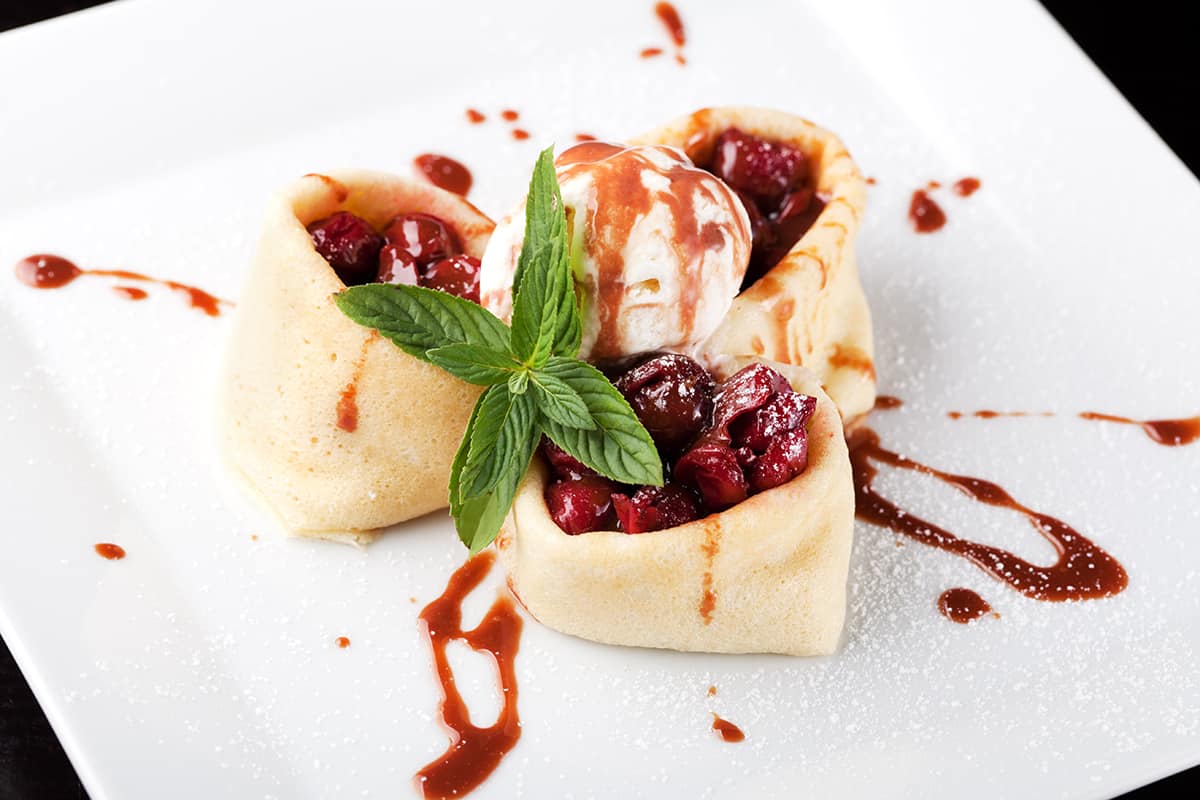
Fish and thin slices of meat are two examples of foods that may not hold together well in an air fryer because of their inherent fragility. If you want to avoid overcooking or having the food fall apart, the stovetop or grill are the best cooking methods.
4. Soups and stews
The stovetop feature found on some air fryers is not intended for use with wet ingredients. Both a stovetop and a slow cooker are ideal for making hearty soups and stews. That said, you can reheat stews and soups in an air fryer as long as you place it in an oven-safe vessel.
5. Battered foods
Pre-battered frozen food is completely fine to reheat in an oven. However, if you want a crispiness level akin to what you’d find at a restaurant or food truck, your best bet would be to fry uncooked battered food on the stove or in a deep fryer. At best, your air fryer will dry out the batter but not crisp or brown it effectively.
Are Air Fryers Really Healthy?
Remember that the type of food you stuff into your mouth is what matters the most. You can’t make a toaster strudel or chicken wings healthy, but at the very least, you can limit how much oil and fat you use with an air fryer.
According to research, using an air fryer can reduce the calories in fried foods by up to 80%. This can be especially beneficial for people who are trying to watch their fat intake or who are at risk of developing health problems related to high-fat diets, such as heart disease and type 2 diabetes.
Since fat is a vehicle for flavor, don’t expect deep-fried deliciousness from air-fried foods. However, what you can expect is baked-level crispiness with just a quick spray or tiny pad of butter!

